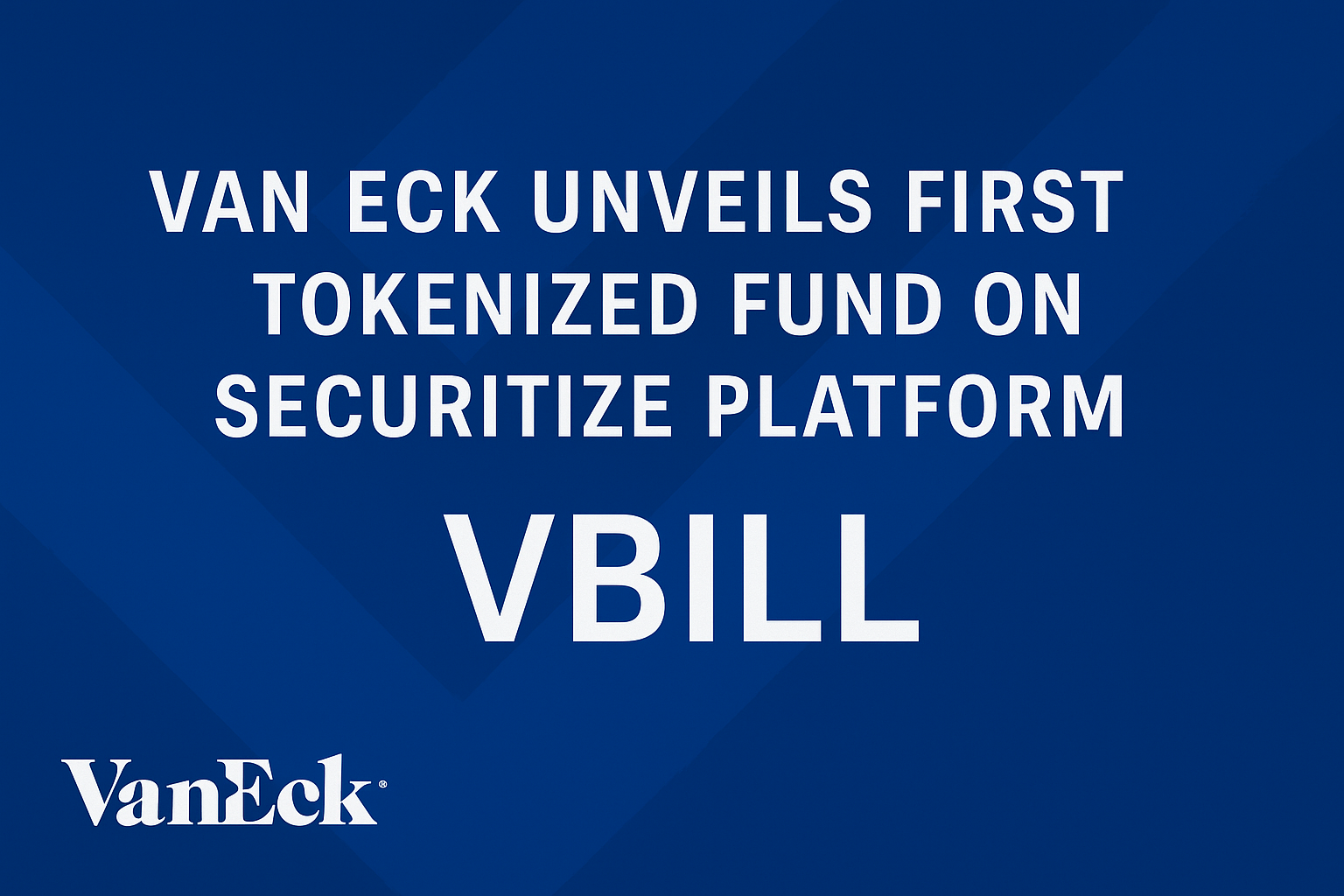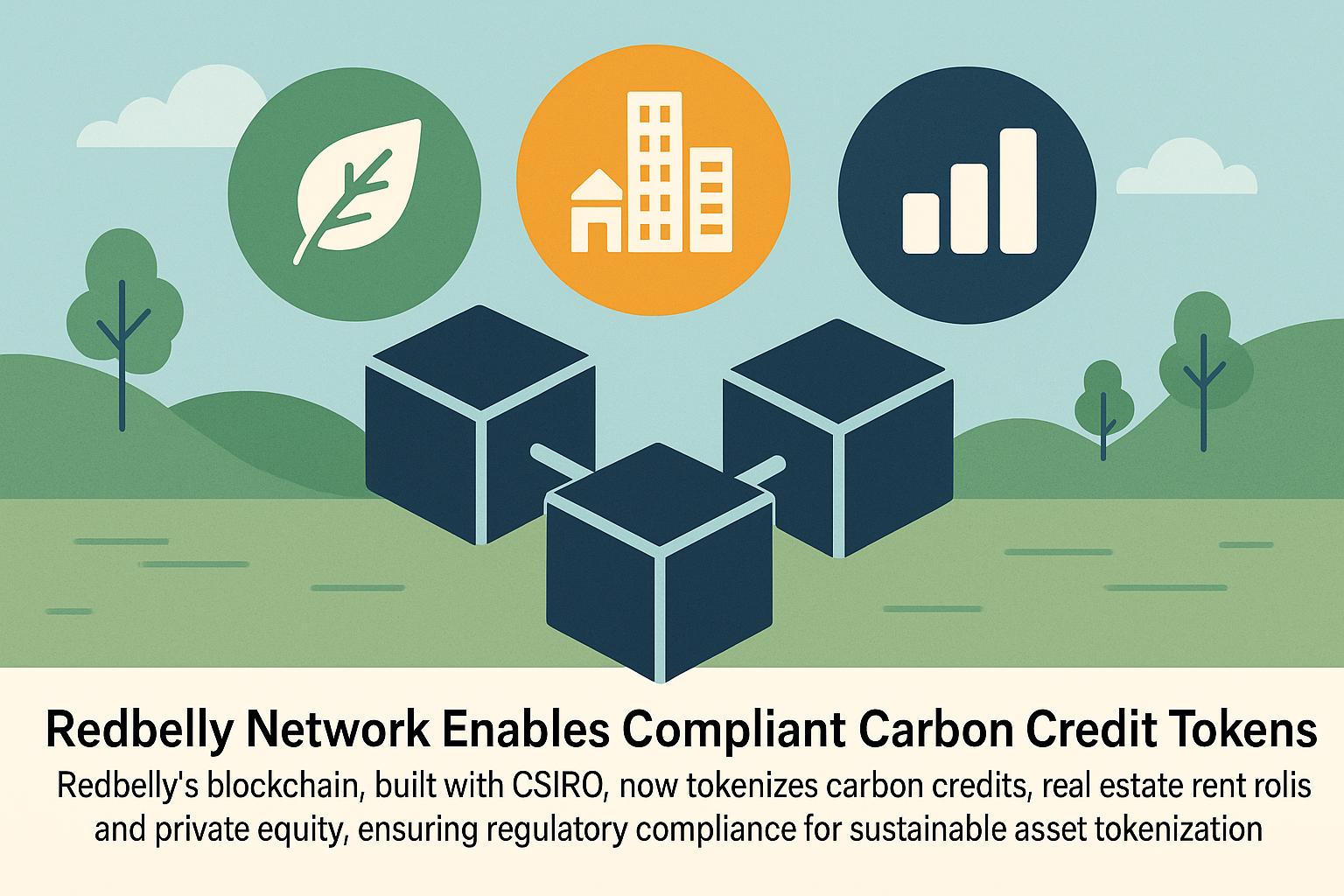The financial world is evolving rapidly, and at the forefront of this transformation is asset tokenization. This innovative process involves converting real-world assets (RWAs), such as real estate, commodities, or fine art, into digital tokens on a blockchain. Tokenization is not just a buzzword; it’s reshaping how we think about asset ownership, investment, and security.
What Is Asset Tokenization?
At its core, asset tokenization is the process of creating a digital representation of a physical or financial asset on a blockchain. These digital tokens can represent anything—a fraction of a property, a barrel of oil, or even a stake in a rare collectible. Each token is a unique unit that can be transferred, traded, or held, much like cryptocurrencies.
Blockchain technology underpins this process, offering a secure, transparent, and immutable ledger to track ownership and transactions. By leveraging smart contracts, tokenization automates key processes, such as compliance and payments, reducing the need for intermediaries.
Benefits of Asset Tokenization
- Improved Liquidity: Traditional assets like real estate or fine art are often illiquid, requiring time-consuming processes to buy or sell. Tokenization allows these assets to be traded in smaller fractions on digital platforms, significantly enhancing liquidity.
- Fractional Ownership: Investors can own a fraction of high-value assets, such as a share of a luxury property or a rare painting. This democratizes investment opportunities, enabling more people to participate in asset markets.
- Enhanced Transparency and Security: Blockchain technology ensures every transaction is recorded on an immutable ledger, reducing the risk of fraud and improving trust among stakeholders.
- Global Accessibility: Tokenized assets can be traded 24/7 across borders, making it easier for investors worldwide to access opportunities without the traditional barriers of geography or bureaucracy.
- Cost Efficiency: By reducing reliance on intermediaries and automating processes through smart contracts, tokenization lowers transaction costs and operational inefficiencies.
Tokenization in Action: Real-World Applications
- Real Estate: Imagine owning a piece of a skyscraper without having to buy the whole building. Tokenization allows investors to purchase fractional ownership in properties, enabling smaller investments in high-value real estate markets.
- Commodities: Precious metals, oil, and agricultural goods can be tokenized, making it easier to trade these assets on digital platforms while maintaining transparency and security.
- Art and Collectibles: High-value art pieces or collectibles can be tokenized, opening up investment opportunities for a wider audience and preserving the authenticity of the asset.
- Equity and Bonds: Companies can tokenize shares or debt instruments, offering innovative ways for businesses to raise capital while providing investors with easier access to financial instruments.
Challenges to Overcome
While the potential of tokenization is immense, challenges remain:
- Regulatory Hurdles: The legal framework for tokenized assets varies across jurisdictions, creating uncertainty for investors and issuers.
- Technical Complexity: Implementing secure and efficient blockchain systems requires advanced technical expertise and robust infrastructure.
- Market Adoption: While major institutions are exploring tokenization, widespread adoption will require education and trust-building among traditional investors.
The Future of Tokenization
Major financial institutions and governments are taking note of tokenization’s potential. With ongoing advancements in blockchain technology and regulatory frameworks catching up, the tokenization of assets is poised to become a cornerstone of the financial industry. By unlocking liquidity, democratizing access, and enhancing transparency, asset tokenization is paving the way for a more inclusive and efficient financial ecosystem.
Whether you’re a seasoned investor or a curious beginner, understanding asset tokenization is essential to staying ahead in the evolving landscape of modern finance. As the line between the physical and digital worlds continues to blur, tokenized assets are set to redefine how we own and trade value.




